JAJSHZ8J December 1998 – September 2019 TPS763
PRODUCTION DATA.
- 1 特長
- 2 アプリケーション
- 3 概要
- 4 改訂履歴
- 5 Pin Configuration and Functions
- 6 Specifications
- 7 Detailed Description
- 8 Application and Implementation
- 9 Power Supply Recommendations
- 10Layout
- 11デバイスおよびドキュメントのサポート
- 12メカニカル、パッケージ、および注文情報
パッケージ・オプション
デバイスごとのパッケージ図は、PDF版データシートをご参照ください。
メカニカル・データ(パッケージ|ピン)
- DBV|5
サーマルパッド・メカニカル・データ
発注情報
6.6 Typical Characteristics
 Figure 1. TPS76325 Output Voltage
Figure 1. TPS76325 Output Voltage
vs Output Current
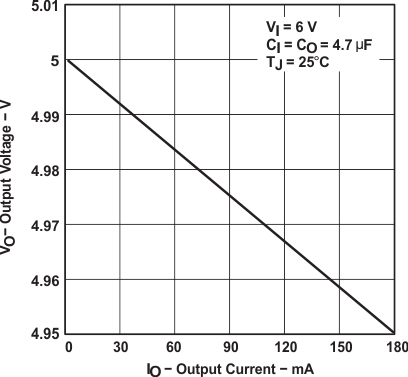 Figure 3. TPS76350 Output Voltage
Figure 3. TPS76350 Output Voltage
vs Output Current
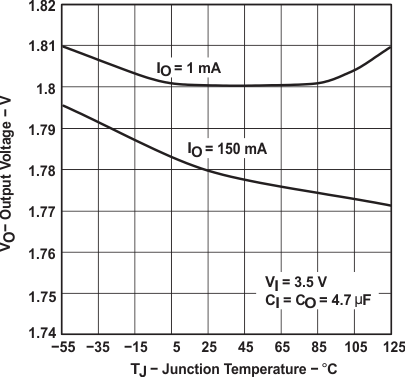 Figure 5. TPS76318 Output Voltage
Figure 5. TPS76318 Output Voltage
vs Free-Air Temperature
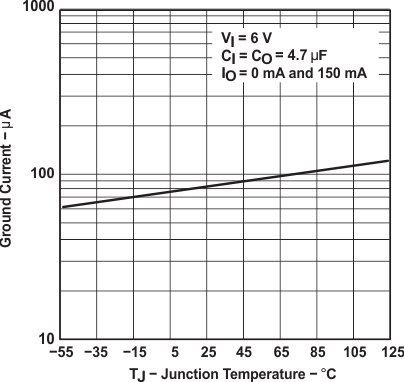 Figure 7. TPS76350 Ground Current
Figure 7. TPS76350 Ground Current
vs Free-Air Temperature
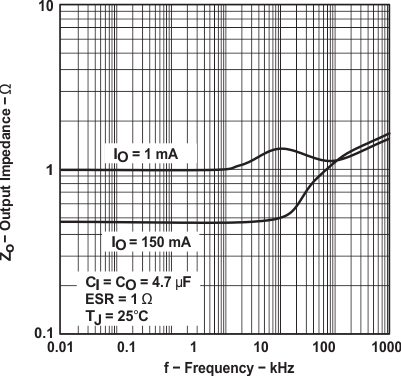 Figure 9. Output Impedance vs Frequency
Figure 9. Output Impedance vs Frequency 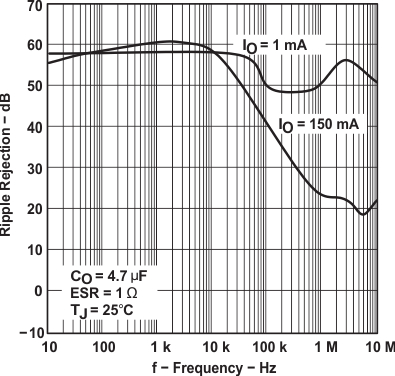 Figure 11. TPS76325 Ripple Rejection vs Frequency
Figure 11. TPS76325 Ripple Rejection vs Frequency  Figure 13. TPS76318 Load Transient Response
Figure 13. TPS76318 Load Transient Response 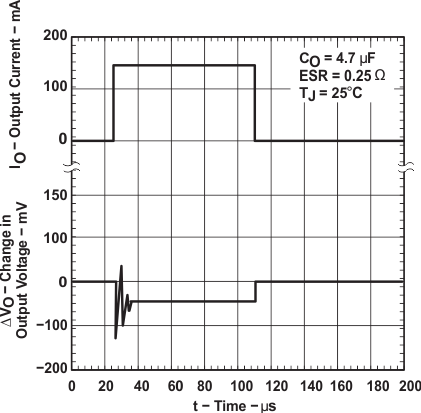 Figure 15. TPS76350 Load Transient Response
Figure 15. TPS76350 Load Transient Response 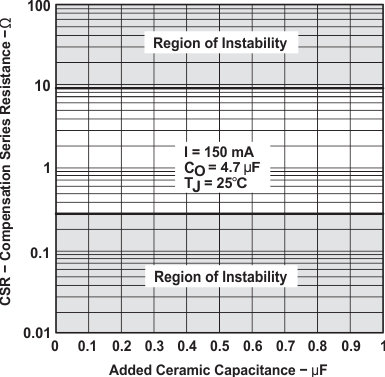 Figure 17. Compensation Series Resistance (CSR)
Figure 17. Compensation Series Resistance (CSR)
vs Added Ceramic Capacitance
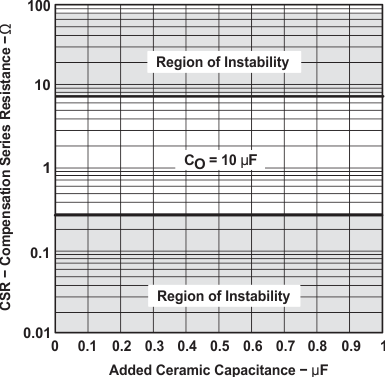 Figure 19. Compensation Series Resistance (CSR) vs Added Ceramic Capacitance
Figure 19. Compensation Series Resistance (CSR) vs Added Ceramic Capacitance 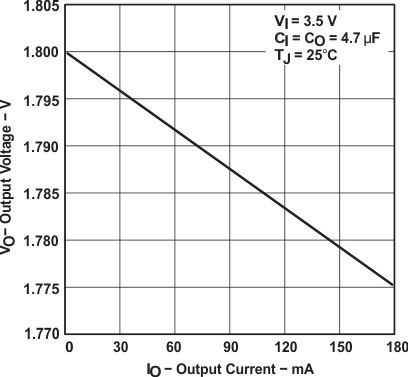 Figure 2. TPS76318 Output Voltage
Figure 2. TPS76318 Output Voltage
vs Output Current
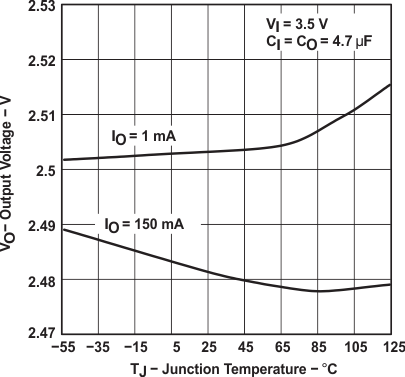 Figure 4. TPS76325 Output Voltage
Figure 4. TPS76325 Output Voltage
vs Output Current
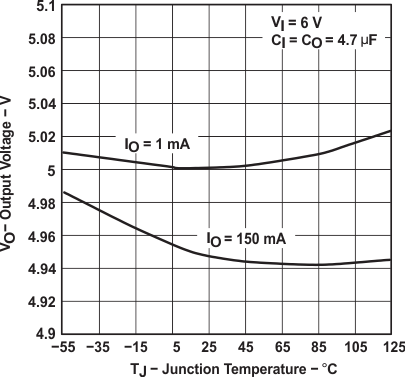 Figure 6. TPS76350 Output Voltage
Figure 6. TPS76350 Output Voltage
vs Free-Air Temperature
 Figure 8. Output Noise vs Frequency
Figure 8. Output Noise vs Frequency 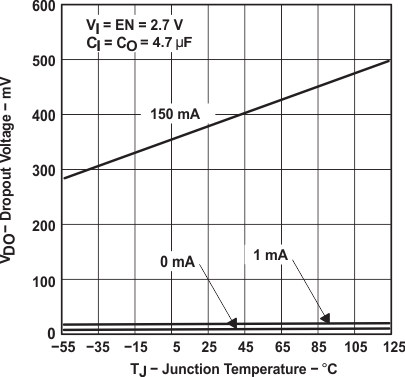 Figure 10. TPS76325 Dropout Voltage
Figure 10. TPS76325 Dropout Voltage
vs Free-Air Temperature
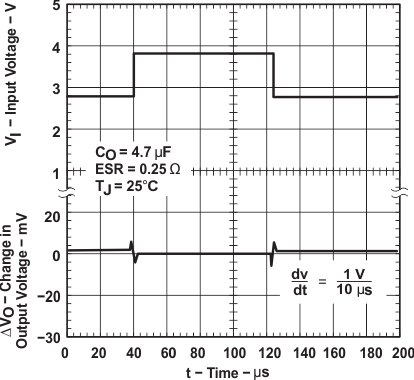 Figure 12. TPS76318 Line Transient Response
Figure 12. TPS76318 Line Transient Response 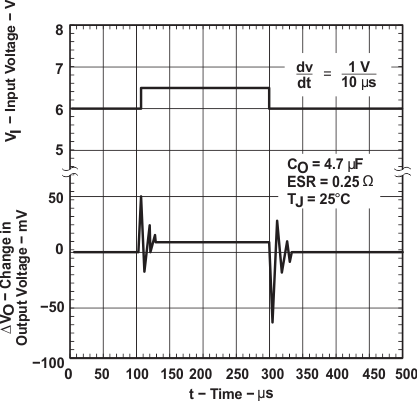 Figure 14. TPS76350 Line Transient Response
Figure 14. TPS76350 Line Transient Response 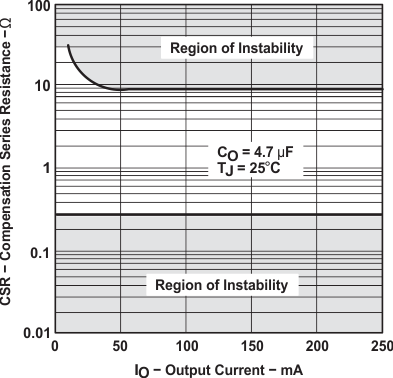 Figure 16. Compensation Series Resistance (CSR)
Figure 16. Compensation Series Resistance (CSR)
vs Output Current
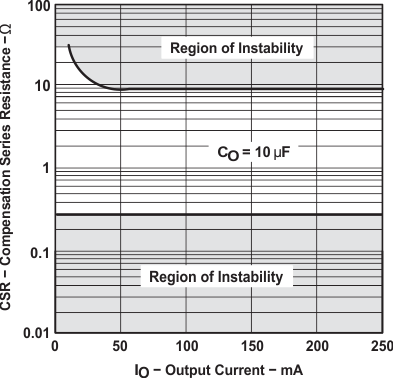 Figure 18. Compensation Series Resistance (CSR)
Figure 18. Compensation Series Resistance (CSR)
vs Output Current